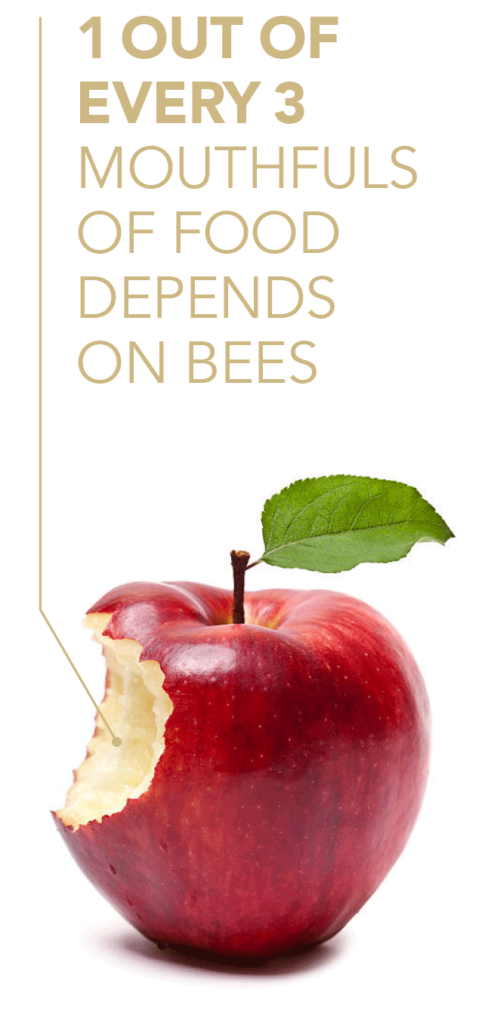Bees andpollination
Ensuring our food security
Bees play an important role in food production. Most of the crops we eat are pollinated by bees, with nearly two-thirds of Australia’s agricultural production benefiting from bee pollination.
Honey bees are the most widespread managed pollinator having co-evolved with Australia’s food production systems.
However, bee populations are under threat. Habitat loss, intensive farming practices and pests and diseases are driving a decline in the number and diversity of bees.
We need bees for food security.
Bolstering ecosystem health
Bees are keystone species, meaning they play a vital role in preserving biodiversity and ecosystem health. Without bees, many ecosystems would be altered or cease to exist.
Globally, there are over 20,000 species of bee. Australia is home to around 2,000 species of native bee which have co-evolved with our unique native flora over thousands of years. The extinction of any one of these bee species could drastically affect some native plants, which could alter Australia’s unique ecosystems.
We need bees for biodiversity and ecosystem health.
At a glance
- One out of every three mouthfuls of food depends on bees
- Two-thirds of Australia’s agricultural production benefits from bee pollination
- The contribution of honey bees to agriculture through pollination services is valued at around $14.2 billion in Australia
- There are approximately 49,800 registered beekeepers in Australia operating around 855,000 hives.
- Nearly 90 per cent of flowering plant species benefit from pollinators
- There are 1,700 identified Australian native bee species and approximately 1,000 unidentified species
Beekeeping: an industry of vital importance
Beekeeping is a small industry with a big impact. In addition to generating honey and other hive products, beekeeping plays an essential role in agriculture through the pollination services provided by bees.
Studies show that adding bees when plants are flowering significantly increases the yield and quality of crops.
Each year in Australia, honey and other hive products generate around $100 million. The contribution of honey bees to agriculture through pollination services is estimated to be 140 times this figure and was valued at around $14.2 billion in 2017.
Although Apis mellifera (honey bee) is an introduced species in Australia, the majority of crops they pollinate have also been introduced and would struggle to be productive without honey bee pollination.
Native bees and beekeeping
Some native bee species are used for commercial crop pollination services. A few native bee species are suited to commercial crop pollination but only in warmer climates. Most native bee species are solitary and are not suited to commercial crop pollination. They do however play a vital role in the pollination of native plant species and they underpin ecosystem health.
Other pollinators
Although honey bees are the most important pollinators for the majority of our crop species, native bees and other insect pollinators play important roles too. Many of these insects also face significant challenges.
Although the focus of the work of the Wheen Bee Foundation is honey and native bees, much of our work will help alleviate the stresses faced by other non-bee pollinators.

Bees are under threat
Bees and other pollinators are under threat worldwide due to:
- Bee diseases and pests
- Habitat destruction and access
- The use of agricultural chemicals
Many of the insecticides, fungicides, herbicides and fertilisers commonly used in agriculture and horticulture can be highly toxic to bees, impacting bee health and numbers.
- A decline in commercial beekeeping
Commercial beekeeper numbers are decreasing in Australia and across the world due to reduced access to resources, low honey prices, increasing production costs, an under-appreciation of the value of pollination services, and the impact of serious bee diseases.
You can help — donate now to help protect bees.




